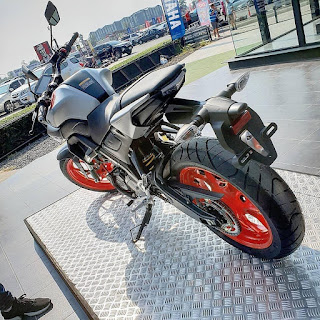,
China Artificial Moon Project: China is all set to shock everyone with its scientific experimental project. China is to install the moon in the sky, not one or two but a total of three moons. It has been reported that China will launch its artificial moon in the sky and will surprise the scientists around the world.
According to the report, by 2022 China will launch three artificial moons in the space. These artificial moons will be satellites made from glass, with the help of the sun's rays will reach the earth.
This project is under Chengdu Aerospace Science and Technology Micro Electronics Systems Research Institute Corporation. The purpose of this project in China is to lighten up the streets of China.
W.U. said that the Sun's rays can cover an area of 3600 square kilometres to 6400 square kilometres, and its illumination is likely to be 8 times more than the moon's light. After the implementation of this project, China will have about 1.2 billion yuan electricity. This will bring light to those places i
n China, where people still live in the dark.
Officials say that light intensity can also be adjusted and controlled according to the time. Let us tell that this is being done so that the cycle of the environment or nature can be maintained.
































































